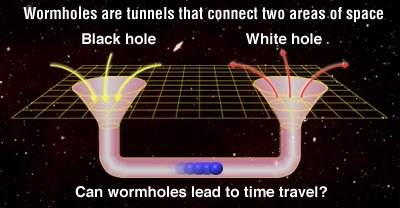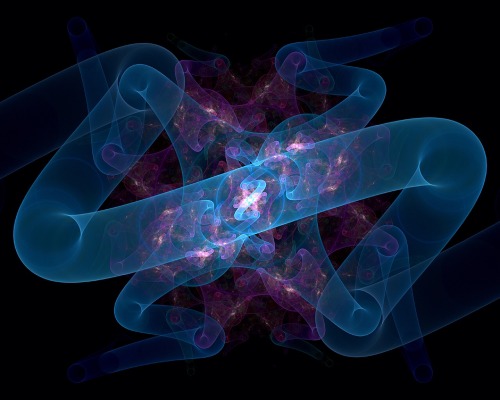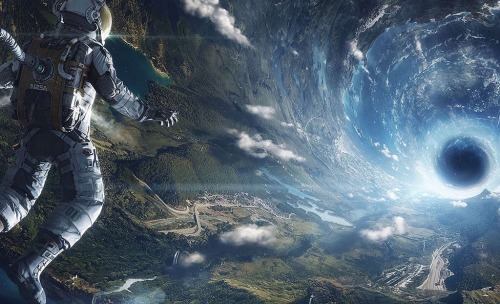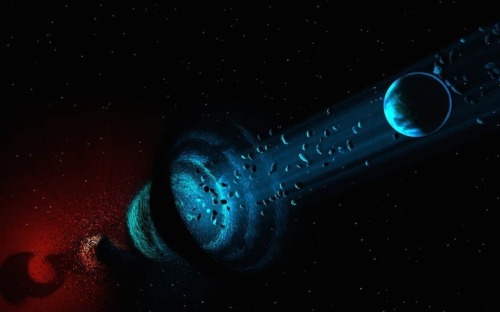A Photo Of Saturn. Took By Cassini With COISS On January 07, 2012 At 23:20:38. Detail Page On OPUS Database.

A photo of Saturn. Took by Cassini with COISS on January 07, 2012 at 23:20:38. Detail page on OPUS database.
More Posts from Space-m17-blog and Others
An Exo-What...?

Simply put, an exoplanet is a planet that orbits another star. That said, just because a planet orbits a star (like Earth) does not mean that it is automatically stable for life. The planet must be within the habitable zone, which is the area around a star in which water has the potential to be liquid…aka not so close that all the water would evaporate, and not too far away where all the water would freeze.
Recently, with the help of our Kepler spacecraft, scientists have discovered the most Earth-like exoplanet ever, Kepler-452b. Pretty cool! This chart shows 12 other exoplanet discoveries that are less than twice the size of Earth, and live in the habitable zone of their host star. Kepler-452b is special because all previous findings have orbited stars that are smaller and cooler than Earth’s.

You may be thinking, “Okay, so what? There’s an Earth-like planet that spins around a similar sized sun.” Well, Kepler-452b orbits its sun at nearly the same distance from its star as Earth does from our sun, which means that conditions on the plant could be similar to those here on Earth!

We can already guess your next question…”When are we going to Kepler-452b?!” Well, this planet is located in the constellation Cygnus which is 1,400 light-years away, so not anytime soon. However, our Kepler spacecraft continues to search for Earth-like exoplanets and gather important scientific information about them.

Saturn, Cincinnati Observatory. _Popular astronomy_ 1860.


A photo of Saturn. Took by Cassini with COISS on May 22, 2008 at 13:31:01. Detail page on OPUS database.






Illustration by Jean Luc Beghin for the 1970 edition of Spirou.
The top-right text says the image doesn’t depict any particular moment during the Apollo missions but that the two astronauts were picked arbitrarily: Frank Borman, commander of Apollo VIII (the first mission to fly around the moon) and Neil Armstrong, commander of Apollo XI (and the first person to walk on the moon).
I cleaned this image up a bit and the source-file can be found here, as well as other high definition scientific illustrations.
Sea Level Rise

For thousands of years, sea level has remained relatively stable. But now, Earth’s seas are rising. Since the beginning of the 20th century, they have risen about eight inches, and more than two inches in the last 20 years alone!

As water warms, it expands and takes up more space. That means that when oceans warm, the sea level rises. This summer, we’ve been researching exactly how global warming has impacted Greenland’s ice sheet. Our ICESat-2 mission will use a laser to measure the height of the planet’s surface. Over time, we will be able to provide a record of elevation change, and estimate how much water has melted into the ocean from land ice change.
So how much ice are we actually losing? Great question, but the answer might shock you. In Greenland alone, 303 gigatons of ice was lost in 2014!

Since we know that ice is melting, we’re working to gain a better understanding of how much and how fast. We’re using everything from planes, probes and boats, to satellites and lasers to determine the impact of global warming on the Earth’s ice.

Follow along for updates and information: http://climate.nasa.gov/
New Video! What is an Elliptical Galaxy?
Follow Evanthorizon for more astronomy posts!

Hubble Peers into the Heart of a Galactic Maelstrom
This NASA/ESA Hubble Space Telescope image shows Messier 96, a spiral galaxy just over 35 million light-years away in the constellation of Leo (The Lion). It is the nearest group containing both bright spirals and a bright elliptical galaxy (Messier 105).
September 04, 2015




Wormholes
Also known as Einstein-Rosen Bridges are theoretically possible going by Einstein’s theory, and equations of general relativity. Basically wormholes take advantage of our 3 dimensional space and are able to “bend” it. Picture a sheet of paper; now put two circular holes on each end of that sheet of paper. Normally the quickest way to join one point to the other would be to draw a straight line between them. Now instead, you could fold the piece of paper so each hole is touching meaning that there is no longer any distance between them. This is an analogy of how a wormhole works except instead of a circular hole on a 2D plane, the entry and exit points of an Einstein-Rosen bridge can be visualised as spheres in a 3D space.
While the theory of general relativity allows the existence of wormholes, we have not yet found physical evidence. The first wormhole solution discovered was the Schwarzschild wormhole presented in the Schwarzschild metric describing an eternal black hole. However this is not stable enough and would collapse before anything could cross from one end to the other. Traversable wormholes could exist of there was a form of exotic matter with a negative energy to stabilise them.
The Casmir effect shows that quantum field theory allows the energy density in some space to be relatively lower than the ordinary vacuum of space. A lot of physicists (like Stephen Hawking) use this to argue that it is possible to stabilise a traversable wormhole. However there are no known natural processes that would cause a traversable wormhole to stabilise.
The quantum foam hypothesis can be used to suggest the spontaneous appearance of tiny black holes at the Planck scale. Stable versions of these tiny wormholes have been suggested as dark matter candidates. It is also possible that one of these wormholes opened into a previously empty space from another universe, held open by a cosmic string (1D string) with a negative mass then it could be inflated to a macroscopic size by cosmic inflation. Is it possible this happened at the start of the Big Bang?
-
 space-m17-blog reblogged this · 9 years ago
space-m17-blog reblogged this · 9 years ago -
 paradoxfox-blog liked this · 9 years ago
paradoxfox-blog liked this · 9 years ago -
 hellospacebot reblogged this · 9 years ago
hellospacebot reblogged this · 9 years ago
I love space. I've been to space camp in Huntsville Alabama and I am planning on going every summer. I look forward to be an astronaut for nasa on the sls that is planned to be launched 2018. And the manned mission 2030. So yeah I won't let anything get in my way.
138 posts